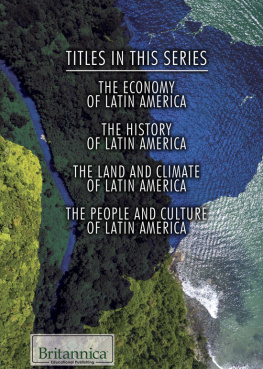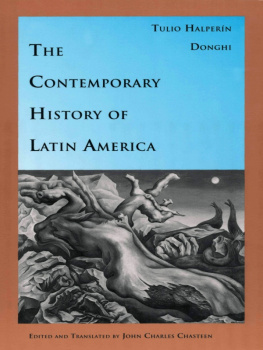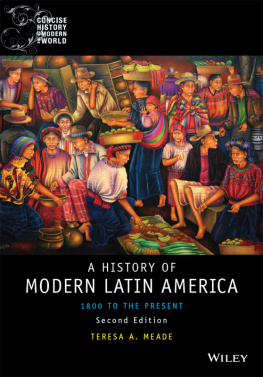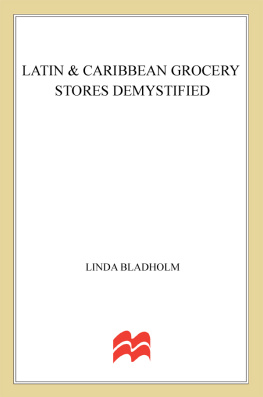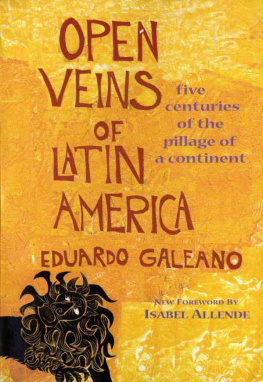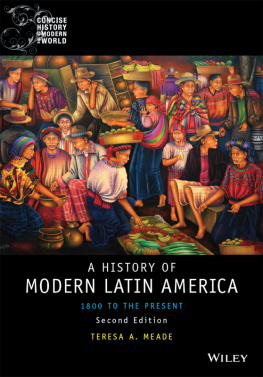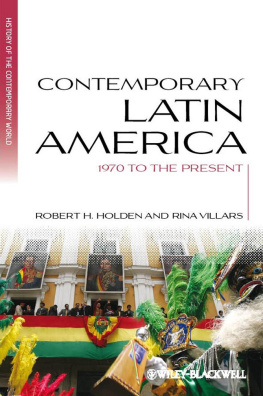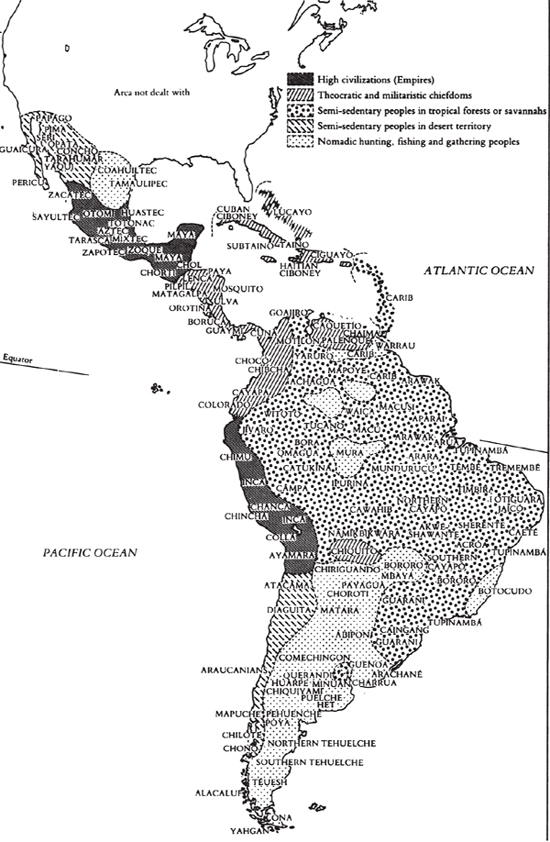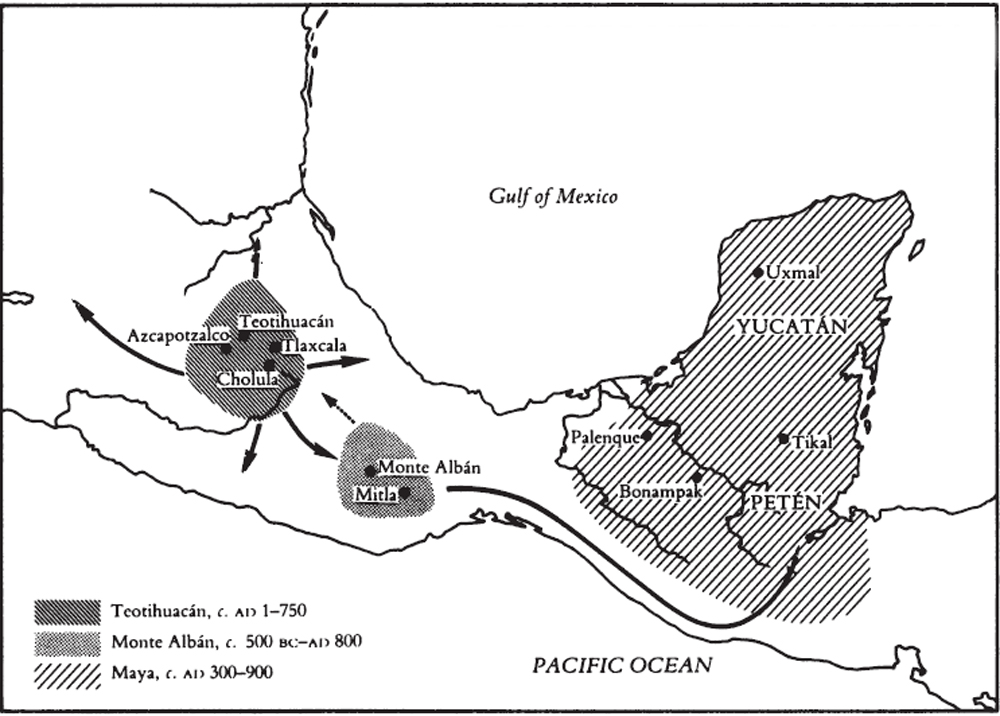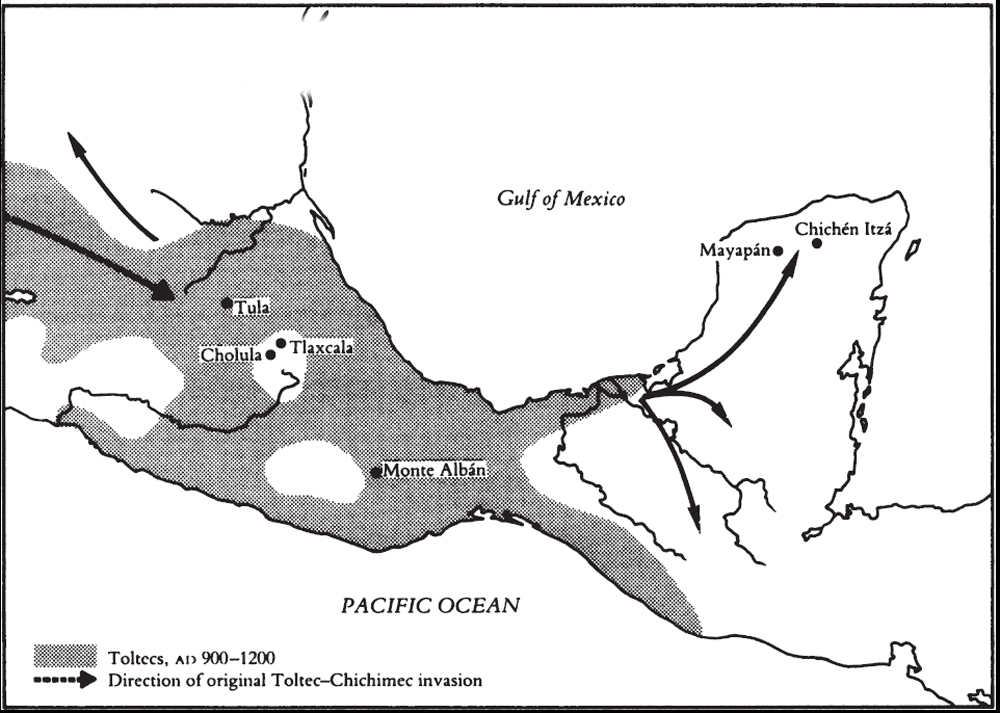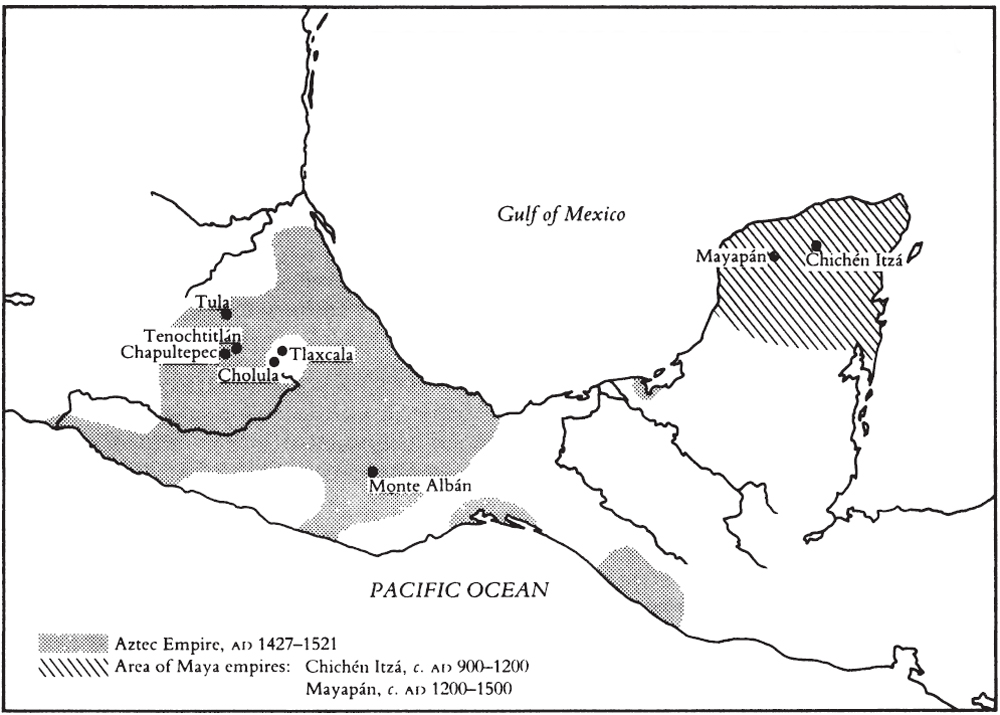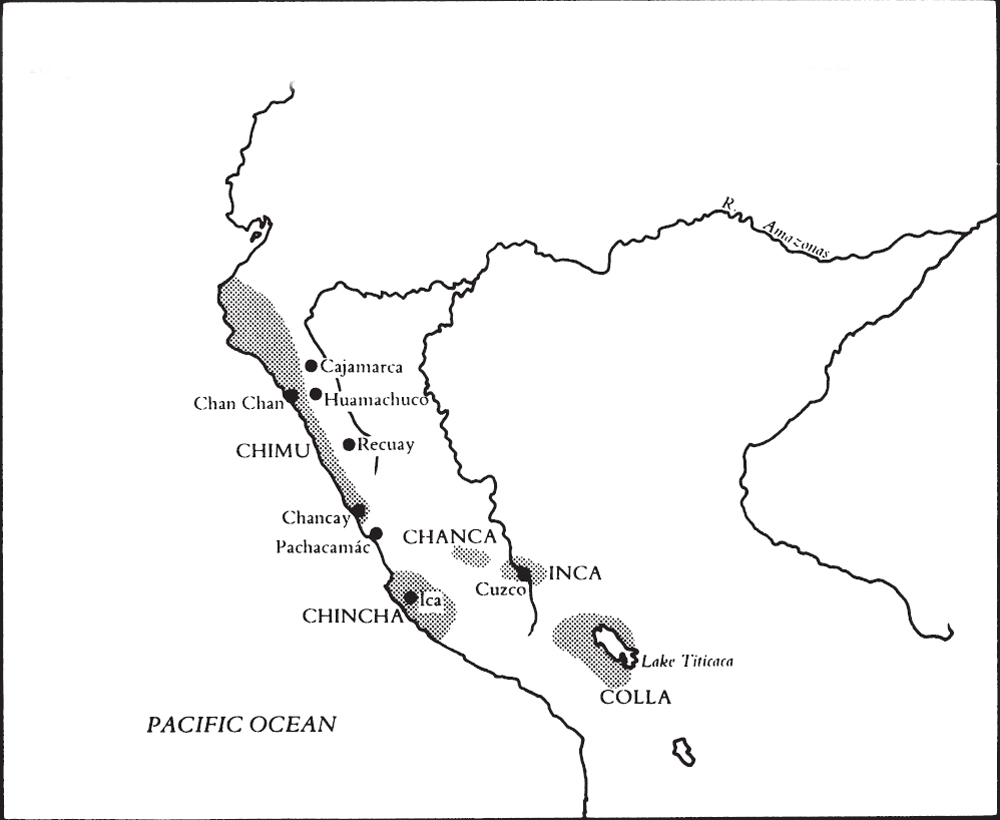PENGUIN BOOKS
UK | Canada | Ireland | Australia
New Zealand | India | South Africa
Penguin Books is part of the Penguin Random House group of companies whose addresses can be found at global.penguinrandomhouse.com.
First published by Allen Lane 1992
First published in Penguin Books 1992
This revised edition first published in Penguin Books 2009
Copyright Edwin Williamson, 1992, 2009
Cover photograph Chris Steele-Perkins/Magnum Photos
The author and publishers would like to thank Cambridge University Press for permission to use information from maps that appear in James Lockhart and Stuart B. Schwartz, Early Latin America: A History of Colonial Spanish America and Brazil
The moral right of the authors has been asserted
All rights reserved
ISBN: 978-0-141-93744-1
THE BEGINNING
Let the conversation begin
Follow the Penguin Twitter.com@penguinukbooks
Keep up-to-date with all our stories YouTube.com/penguinbooks
Pin Penguin Books to your Pinterest
Like Penguin Books on Facebook.com/penguinbooks
Listen to Penguin at SoundCloud.com/penguin-books
Find out more about the author and
discover more stories like this at Penguin.co.uk
PENGUIN BOOKS
THE PENGUIN HISTORY OF LATIN AMERICA
Edwin Williamson is the King Alfonso XIII Professor of Spanish Studies at the University of Oxford and a Fellow of Exeter College, Oxford. He previously held the Forbes Chair of Hispanic Studies in the University of Edinburgh and has been a visiting professor at Stanford, Cornell and the University of So Paulo, Brazil. His biography, Borges: A Life, also published by Penguin, has been translated into several languages.
Preface
The history of Latin America has fascinated observers as much as it has mystified them. There is something apparently alien about the continent, an exoticism that derives perhaps from it having once been perceived as a new world, although there survive monuments and relics of ancient societies whose cultures remain poorly understood by us even today. This elusiveness hinting simultaneously at a former state of grace and some original corruption has rendered the interpretation of Latin American history peculiarly vulnerable to speculation and myth-making. I have therefore approached my task with caution, not to say trepidation.
The primary aim of this book is to provide a general survey for the non-specialist reader. As far as possible I try to present a dispassionate and, at times, a tentative, account of events, pointing to gaps in our knowledge or to areas of controversy. On the other hand, I wanted to avoid draining all colour from the picture, and so my method is often narrative, focusing occasionally on personalities, and, when discussing literary works, intended to give the reader an insight into the outstanding features of the culture.
Because my principal interest is in Latin, as opposed to pre-Columbian, America, I begin with the story of how the continent came to the notice of southern Europeans and how some of its inhabitants were conquered by the Spaniards. Before going on to discuss the hybrid societies that subsequently emerged, I include a chapter outlining the background of the main Indian peoples as well as that of the Iberian conquerors. For the period after independence, I decided to sacrifice a comprehensive survey of all the republics in favour of a selective approach in the belief that this would provide a better focus for discussing representative developments without overlooking local conditions altogether. The twentieth century presented the most difficult problem of coverage; I finally opted for an introductory overview followed by shorter chapters on a number of individual countries whose experience has been especially significant. The narrative is concluded in 1990, the year the text was completed but also a year which can be said to mark the end of roughly a half-century of state-sponsored nationalism.
In recent decades, Latin American literature has received quite extraordinary attention throughout the world. The historical circumstances in which it was produced are less well known. I have tried, therefore, to set my discussion of literature and culture in a wider historical context. In those chapters, I devote some attention to individual authors because I believe their work can afford important insights into the ideas, images and preoccupations that have shaped the mentality of a period. Conversely, I thought it would be profitable to bring to bear, as far as I could, the findings of recent historical research on issues which have been the subject of cultural and political debate in Latin America for many years.
A book of this nature inevitably draws on the work of many people. I should like to acknowledge my debt to the numerous scholars who have contributed to our knowledge and understanding of the continents past. More specifically, I wish to record my gratitude to the Research Comittee at Birkbeck College, University of London, for awarding me a grant that allowed a long period of uninterrupted research. I also want to thank a number of people who helped in the making of this book: Monique and John Fa for their hospitality and bibliographical assistance in Mexico City; Ian Williamson and Francine Nahai for lending me their house in Suffolk, where large sections of the book were written; and, not least, my wife, Susan, whose encouragement, advice and support were invaluable, as always.
Edinburgh, May 1991
Maps
THE DIVERSITY OF THE AMERINDIAN WORLD BEFORE THE EUROPEAN INVASIONS
CLASSIC MIDDLE AMERICA
EARLY POST-CLASSIC MIDDLE AMERICA
Extent of the Toltecs
POST-CLASSIC MIDDLE AMERICA
Aztec Empire at the Time of Conquest
THE ANDEAN REGION: AD 10001438
Major Post-Classic-Period Peoples at the Time of Inca Expansion



